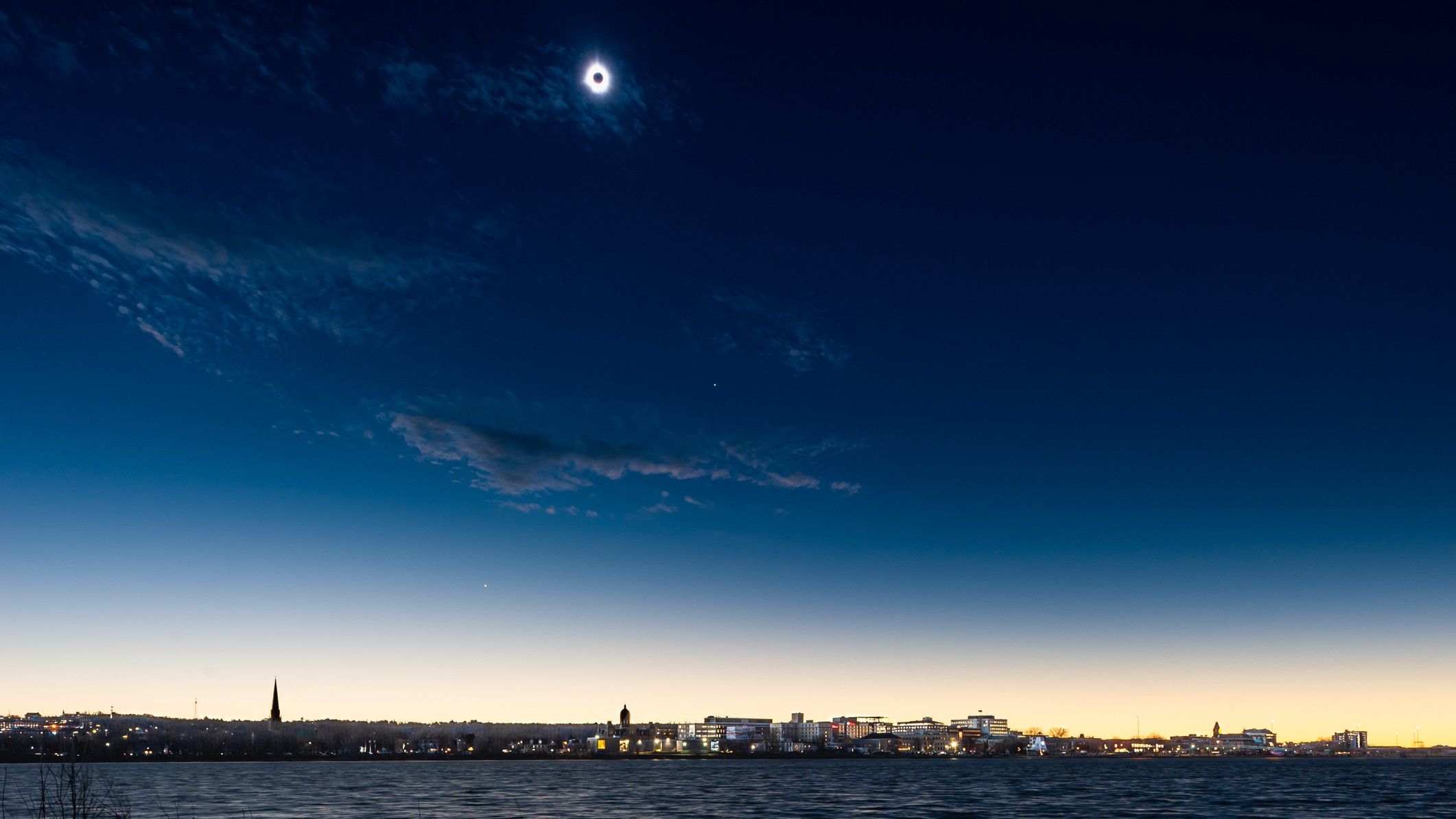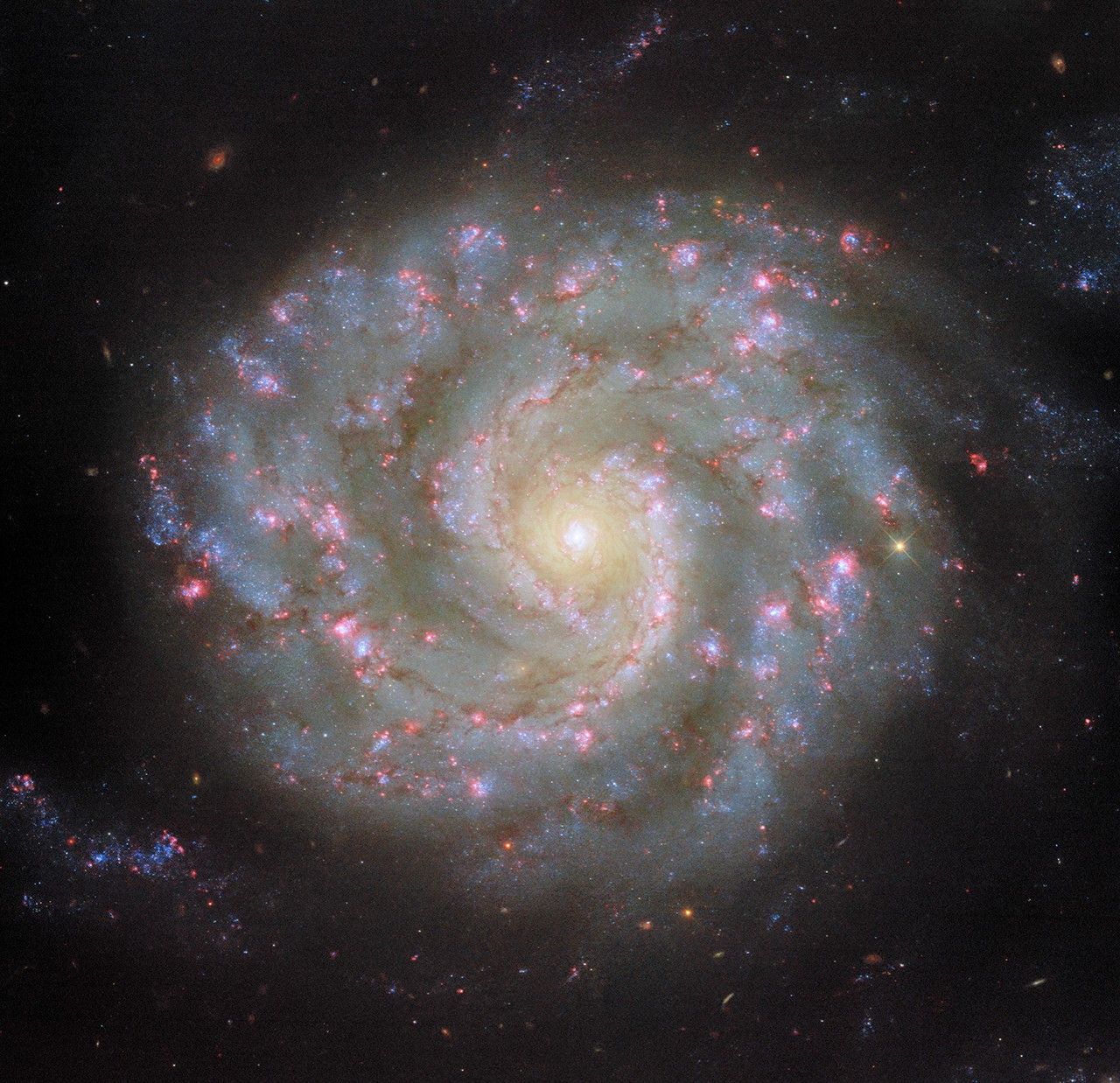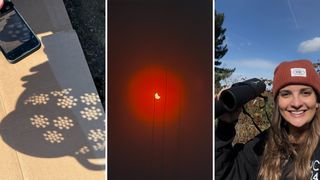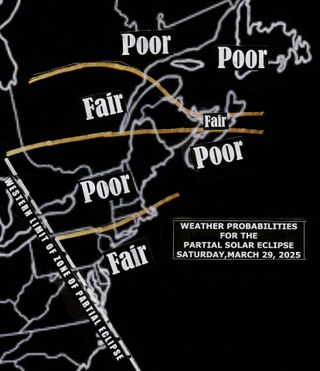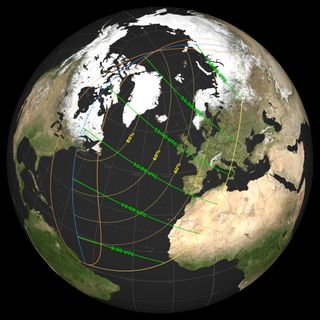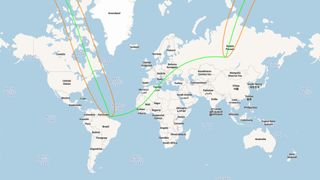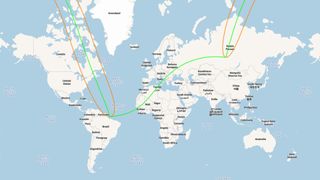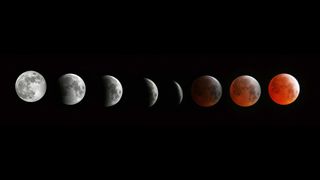There may be no total solar eclipse this year, but June 10, 2025, is a landmark event of sorts for eclipse chasers worldwide — the halfway point between the last and the next totalities. It’s 429 days — just over 14 months — since April 8, 2024’s “Great American Eclipse” across North America and 429 days until the next total solar eclipse on August 12, 2026, over Greenland, Iceland and Spain. Related: Eclipse at sea: Best cruises for the total solar eclipse 2026 You may like Looking back on 2024…
Read MoreTag: Eclipses
Eclipses, Auroras, and the Spark of Becoming: NASA Inspires Future Scientists
Explore This Section Science Science Activation Eclipses, Auroras, and the… Overview Learning Resources Science Activation Teams SME Map Opportunities More Science Activation Stories Citizen Science 4 min read Eclipses, Auroras, and the Spark of Becoming: NASA Inspires Future Scientists In the heart of Alaska’s winter, where the night sky stretches endlessly and the aurora dances across the sky in a display of ethereal beauty, nine undergraduate students from across the United States were about to embark on a transformative journey. These students had been active ‘NASA Partner Eclipse Ambassadors’…
Read MoreNASA Earns Two Emmy Nominations for 2024 Total Solar Eclipse Coverage
3 min read Preparations for Next Moonwalk Simulations Underway (and Underwater) NASA’s coverage of the April 8, 2024, total solar eclipse has earned two nominations for the 46th Annual News & Documentary Emmy Awards. The Academy of Television Arts & Sciences announced the nominations on May 1, recognizing NASA’s outstanding work in sharing this rare celestial event with audiences around the world. The winners are set to be unveiled at a ceremony in late June. “Total solar eclipses demonstrate the special connection between our Earth, Moon, and Sun by impacting…
Read More1st solar eclipse of 2025 puts on stunning show for skywatchers around the world (photos)
This morning (March 29), during a partial solar eclipse, the moon bit off more than it could chew, taking a dramatic ‘bite’ out of the sun. From crisp crescent-shaped suns to the rare ‘devil’s horns’ and ‘double sunrise,’ March’s solar eclipse left skywatchers in awe — especially those in the right place at the right time. A partial solar eclipse occurs when the moon partially covers the sun, leaving a glowing crescent. Globally, the eclipse began at 4:50 a.m. EDT (0850 GMT), with the maximum eclipse peaking at 6:47 a.m.…
Read MoreSolar eclipse US weather forecast: Best places to see the moon ‘bite’ the sun tomorrow
A partial solar eclipse is coming this weekend, but weather could be an issue for many hoping to get a glimpse of the moon “taking a bite” out of the sun. Skywatchers across much of New York State, New England and Atlantic Canada who are hoping to get a view of Saturday morning’s partial solar eclipse are unfortunately going to be at the mercy of a stationary weather system that will likely generate widespread cloudiness as well as a variety of precipitation ranging from rain, sleet and snow. The front…
Read MoreWhat will happen during the partial solar eclipse of March 2025?
What a difference a year makes! Just a year ago, countless millions across North America were anxiously awaiting the “great North American total eclipse of the sun” on April 8. Now, less than a year later, on Saturday, March 29, another eclipse of the sun will take place, but it’s quite likely that the prospective viewing audience will be considerably smaller. To produce this eclipse, the moon’s shadow falls chiefly on the north polar regions of Earth. Keep up to date with the latest solar eclipse news and events with…
Read MoreRare ‘solar horns’ will appear during partial solar eclipse on March 29 — Here are 6 of the best places in the US and Canada to see the unusual phenomenon
There’s something special about the partial solar eclipse on March 29, 2025. For North Americans in the right place at the right time — and who get clear skies — there’s a chance to see the unique spectacle of “solar horns,” a phenomenon where the cusps of an eclipsed crescent sun appear as two distinct points above the horizon during sunrise. For observers in the northeastern U.S. and eastern Canada aiming to witness this rare event, selecting the optimal location is crucial. Selecting a location for ‘solar horns’ “Solar horns”…
Read MoreWhat will the partial solar eclipse of March 2025 look like from space?
A partial solar eclipse will come to Earth on Saturday, March 29, 2025, as the moon passes in front of the sun. From Earth, photographers will capture images of a bite being taken out of the sun. From space, a fleet of satellites will image a shadow being cast across Earth. The moon projects two kinds of shadows at all times. There’s a large fuzzy outer shadow, called the penumbra, and a much smaller, darker central shadow, the umbra. The latter causes a total solar eclipse, which is seen across…
Read MoreWhere will the partial solar eclipse be visible in March 2025?
Although it won’t be as spectacular as North America’s April 2024 total solar eclipse, the first solar eclipse since the “ring of fire” eclipse in October 2024 is set to bring stunning views to some lucky eclipse chasers. Just two weeks after a stunning total lunar eclipse on March 13-14, 2025, skywatchers across the western Northern Hemisphere will see at least a partial solar eclipse on March 29, 2025. For some observers, an eclipsed sun will appear on the eastern horizon at sunrise — if skies are clear — as…
Read MoreThere’s a total lunar eclipse coming. How will these 2 solar-powered moon probes survive the darkness?
When the moon falls into Earth’s shadow Thursday night into Friday (March 13-14), observers will be treated to views of a “blood moon” total lunar eclipse. But given that lunar spacecraft are solar-powered, how do they survive when they’re cut off from the sun? For NASA’s Lunar Reconnaissance Orbiter (LRO), which has been orbiting the moon since 2009, it will be time to batten down the hatches. “LRO’s science instruments and some components not needed by the spacecraft will be powered off during the total lunar eclipse,” Noah Petro, project…
Read More